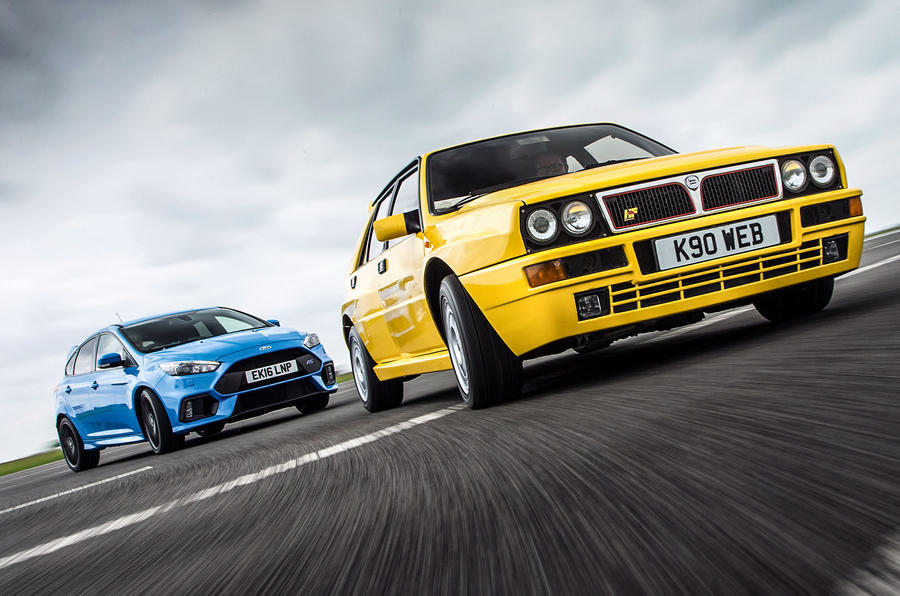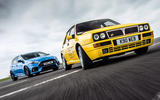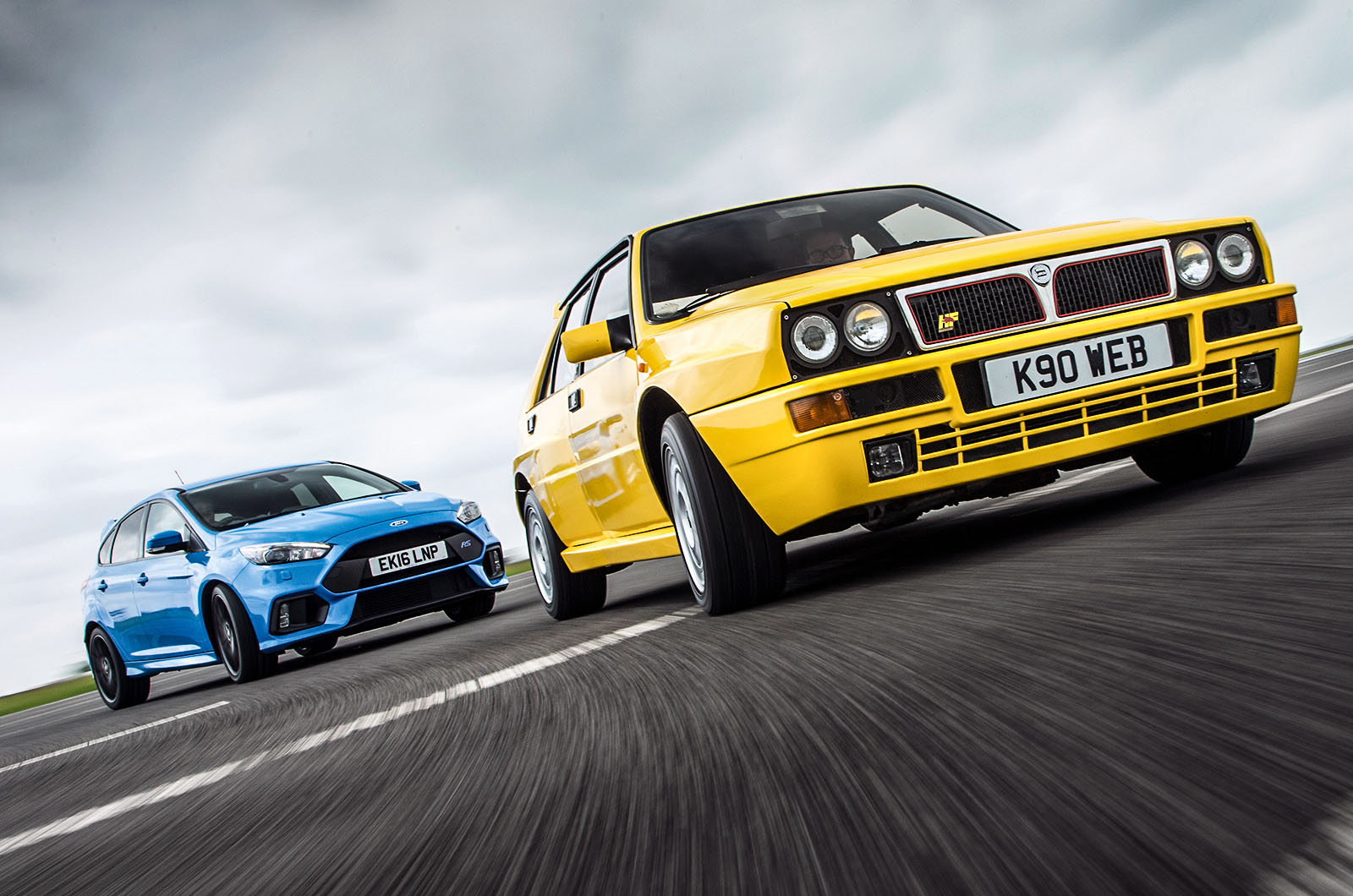The Ford Focus RS is a stupendous bargain at £31,000 – a high-performance limpet that has attracted comparisons with the Nissan GT-R, itself a recognised steal at three times the price.
Like the GT-R, the RS depends heavily on electronic trickery to make good its combination of four-wheel drive and turbo power. But although digital devilry can seemingly untangle your local B-road at a stroke, it doesn’t always deliver when it comes to outright driver engagement. And for the same money as the Focus, you can buy its analogue alternative, a storied machine whose development led to six World Rally Championship constructors’ titles and was voted greatest-ever hot hatch by Autocar readers: the Lancia Delta HF Integrale.

The Focus has two clutch packs that monitor a barrage of sensors 100 times each second to distribute up to 70% of its torque to the back axle in normal conditions, and 100% of that can be flipped between the rear wheels in 0.06sec.
In contrast, the Integrale relies on mechanical conduits with a centre viscous coupling (variable, 53% rear biased by default) and Torsen differential that sends up to 83% of drive to either side of the rear axle. And it’s electromechanical steering, adaptive dampers and ESC for the Focus versus hydraulic steering and passive dampers in the Delta, where the stability control lies in the palms of your hands and soles of your feet alone. The turbocharged all-paw super-hatch could not be skinned in two more distinct ways.
The final Integrales, the Evo 1 (1991-1993) and Evo 2 (1993-1994), are the ultimate iterations of the breed, with extra horsepower, bigger brakes, chassis stiffening and sturdier, reconfigured suspension with extra travel compared with the HF Integrale 16v that came before. There’s also an adjustable rear wing and swollen bodywork required to house wider tracks (its box arches were purportedly based on a Fiat Ducato’s and took a single working weekend to design – different times indeed).
































Join the debate
Add your comment
Why not compare the the RS to something like a EVO
I have no doubt a old EVO Tommi Makinen Edition or 22B would be better than the RS.
World rally champions.
How many did Lancia win?, how many did Ford?
Believe it or not
The Integrale is the same size as the current Fiesta! Yes, Fiesta. All the easier for Special staging down your nearest B road twisty.
Mini
The original five series is the same size as the current......three series!
Totally unrealistic and unbelievable conclusion